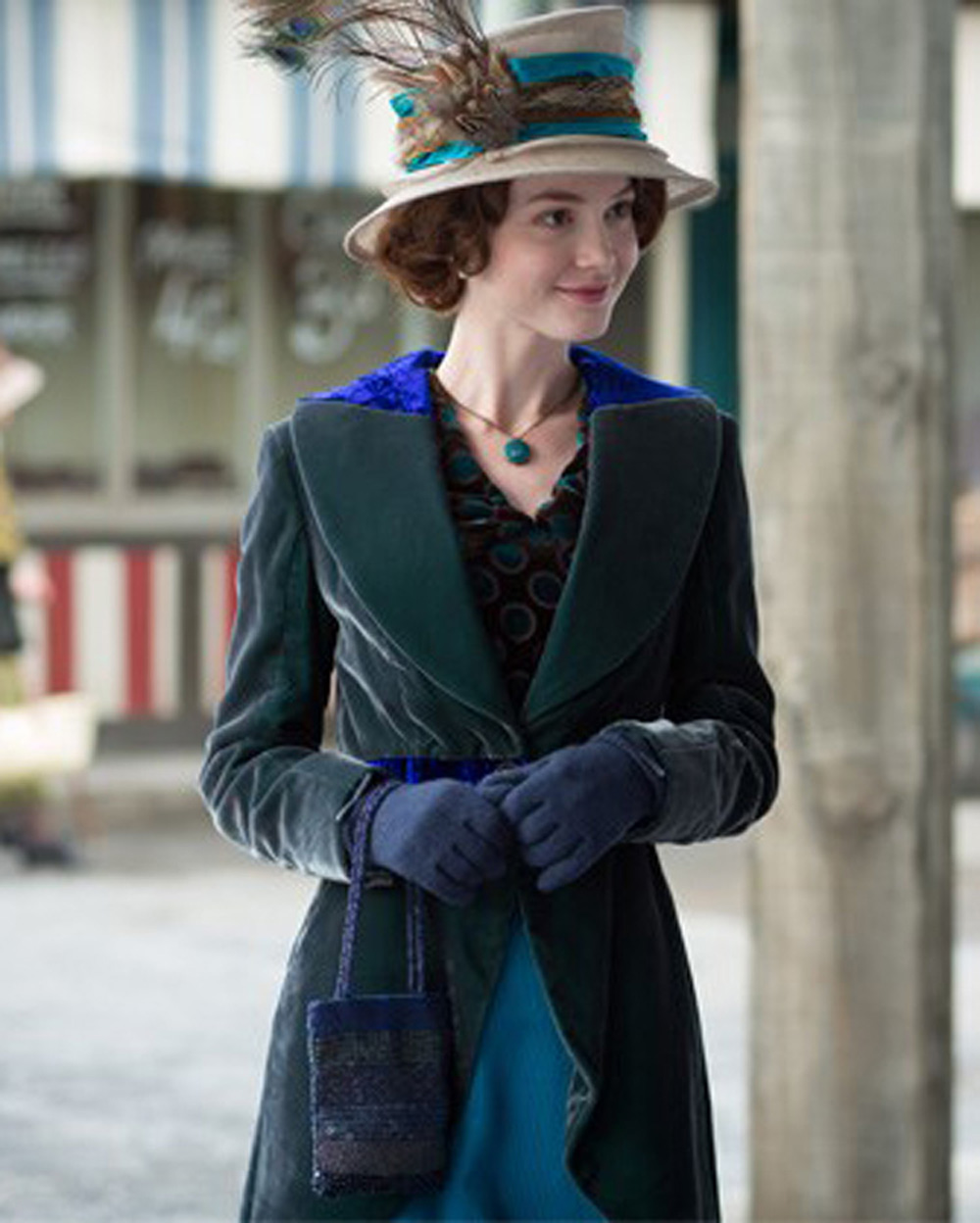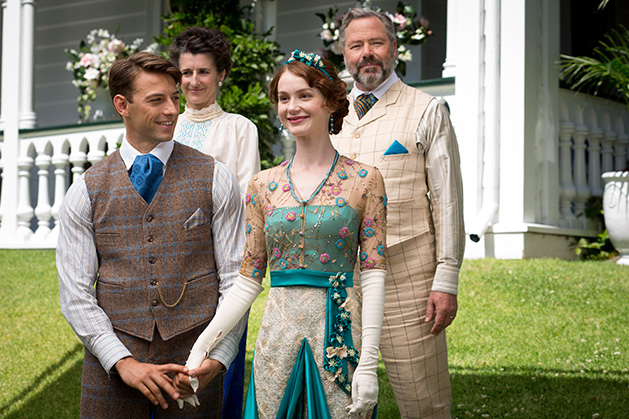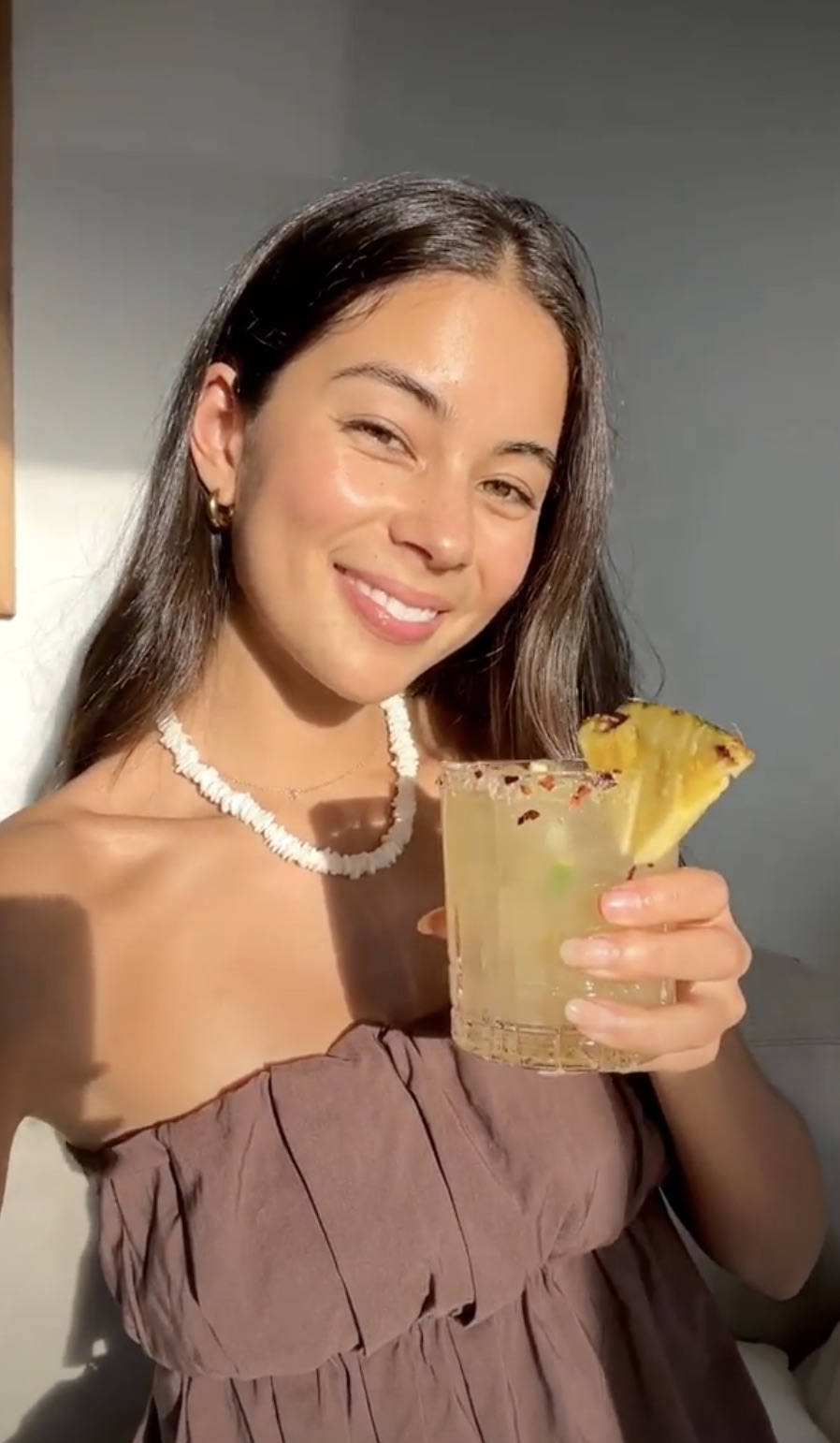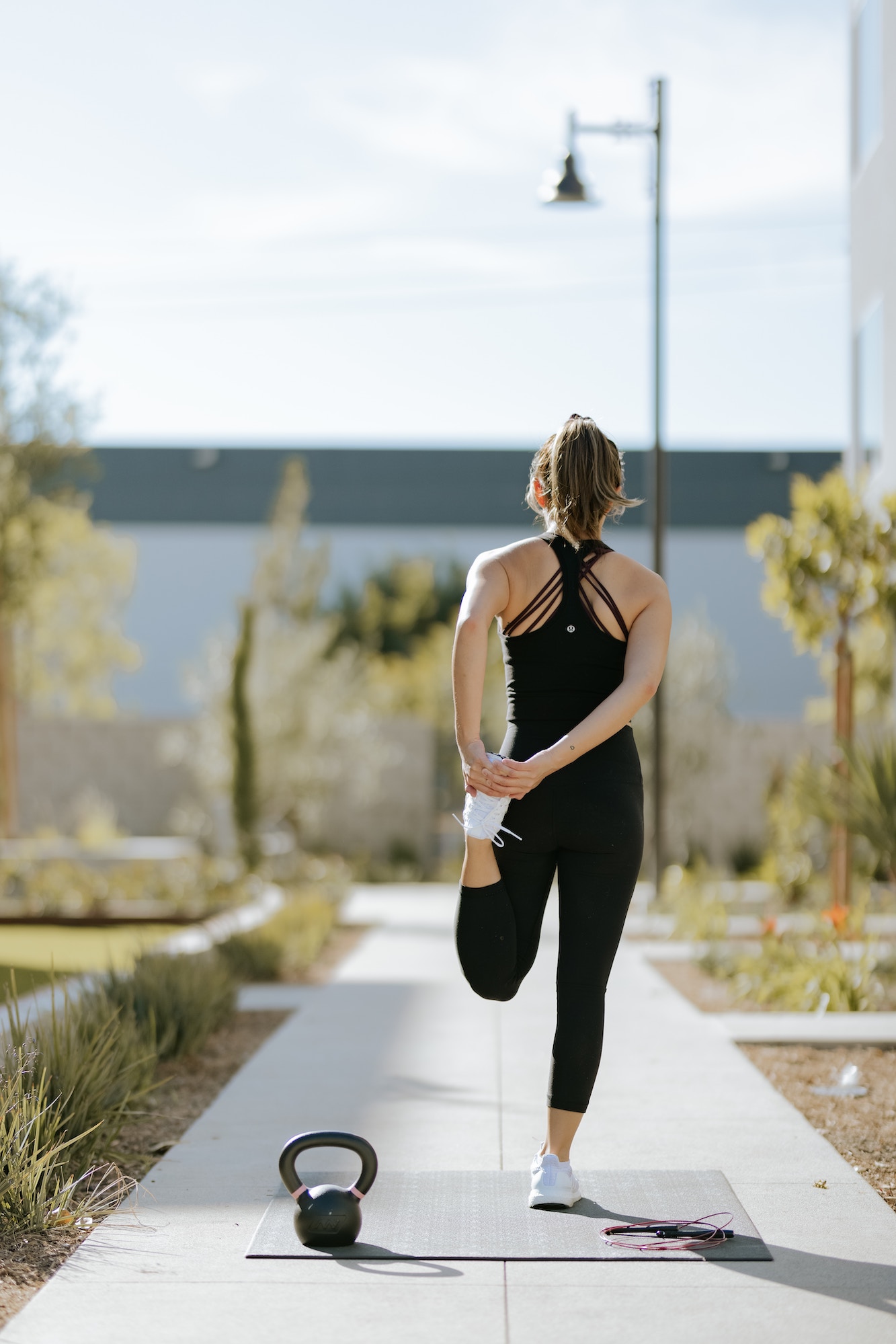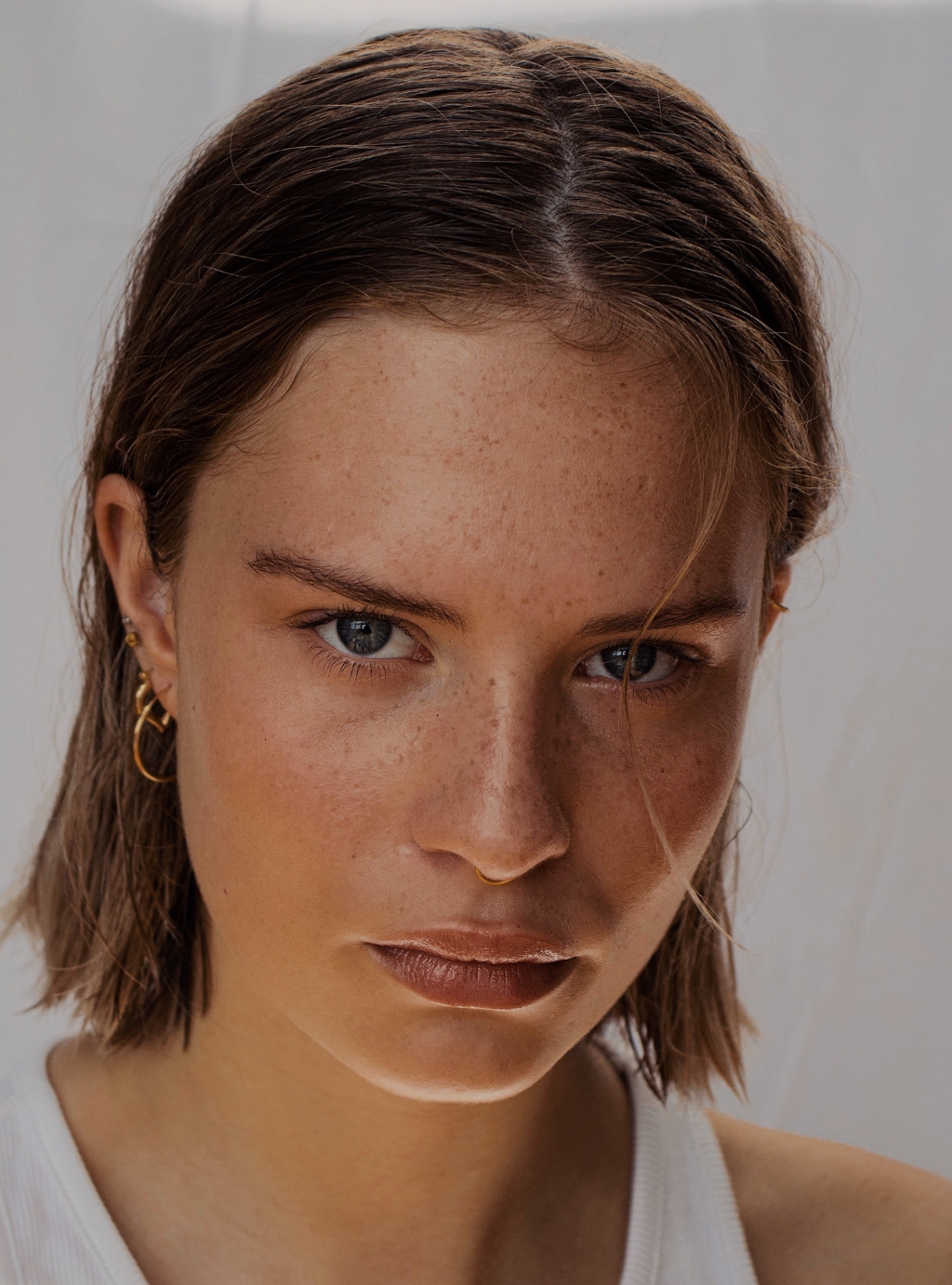We chat to the star of When We Go To War, a six-part TV drama marking the 100 year anniversary of the landing at Gallipoli.
Actress Sophia Huybens (Violet Penrose) chats to us about why it’s so important we remember this part of New Zealand history.
What was it like working on When We Go to War?
It was an amazing opportunity. It’s great to do an important part of New Zealand history and to do a period piece. Something like this doesn’t seem to have really been done on New Zealand television before, so it was a really cool opportunity.
I think the show is really unique in the sense that it shows not just what went on at Gallipoli or the battlefield, but also the impact it had on home and the people left behind. If people want to understand what their ancestors went through, I think they should check out the show. There are so many different characters that go on so many different journeys, that I think you’re going to connect with someone along the way. And that’s what makes it a really powerful show.
What does ANZAC Day mean to you?
My mother and father’s families were both greatly affected by both World War I and World War II. I guess like most New Zealanders it means a lot, just through that strong family connection.
Also participating in this production, I did a lot of research and gained an even greater understanding of the importance of the day. It’s not about celebrating war or anything like that, but it’s just sort of recognising that the democratic and peaceful New Zealand we live in today came at a price. So yeah, it means a lot.
Can you tell us about your character?
I play Violet Penrose and she is engaged to Charles Smith who’s played by Ido Drent. She comes from wealth and privilege, and her family still has very strong ties with the British Empire.
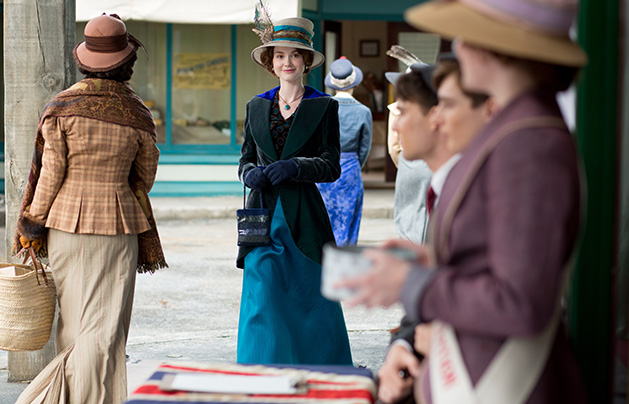
This was kind of an era where women were starting to find their voice in a man’s world, but she wasn’t quite there yet. You wouldn’t call her a suffragette; you’d call her more of a socialite. Her journey represents what a lot of women went through during the war, with having a really significant man in their life, whether it be their boyfriend, fiancé, husband, brother, essentially just ripped from them. For her it was her fiancé, and it was just this feeling of complete helplessness.
You see her struggle, but you also see her go from socialite to becoming a working woman and getting a job and trying her hardest to support her man and her country. Everyone talks about how World War I changed women, and Violet’s a great example of that.
Do you have any memorable moments from the set?
As it was a period piece, the art department did the most incredible job of re-creating Auckland in 1914. The set was just insane, I felt like I was at MOTAT! It was [so detailed] and they even built a small street that had a variety of stores. You would walk down the street and a vintage car would drive past. It was so special.
You felt like as an actor you were so lucky because you were transported back in time essentially, and it just made it so real. Just getting to work on all these sets, it was awesome.
What was it like working with the rest of the cast?
The cast was great. I worked mainly with Freya (Milner, who plays Cissy Smith) and Ido (who plays Violet’s fiancé Charles Smith). They were awesome to work with. I also had a few scenes with the rest of the cast, and we all got along really well. It was a really fun set, and the director, Peter Burger, was awesome. It was great, everyone was really excited to be doing this. I think everyone could tell that we were part of something that was important and special.
What did you think of the 1910s fashion?
My character Violet, I guess you could describe her at the time as a bit of a fashionista. So I got to wear some pretty amazing outfits. It was interesting because when I was doing the research, that period was actually an important one for women in so many ways, including [fashion].
I was actually quite surprised at how comfortable and sophisticated her outfits were. That’s because there was this kind of first wave of feminism that was going through with the suffragette movement. She had tailored jackets and collared shirts and these amazing hats. It was like going from clothes that were becoming less restrictive and more practical, with amazing colours. I think it was a really interesting time for fashion
I hear you used to be a ballet dancer. Can you talk about that?
I was never a professional dancer; I just started dancing when I was four. When I finished school I ended up in Melbourne training at a full-time dance school to become a ballerina. But I injured my back and had to quit.
What drew you to acting?
I got into that by chance, it wasn’t something I’d ever thought about – I was quite shy. I was invited to participate in an introductory acting class that was arranged by Red 11, my agency. That’s where I met my acting teacher.
I would have to say it was [he] who introduced me to the world of acting and has kind of inspired me to want to learn more about the craft and become an artist. I’ve been doing the same classes now for five years and I absolutely love acting.
When We Go To War airs on TV One starting April 26th.

